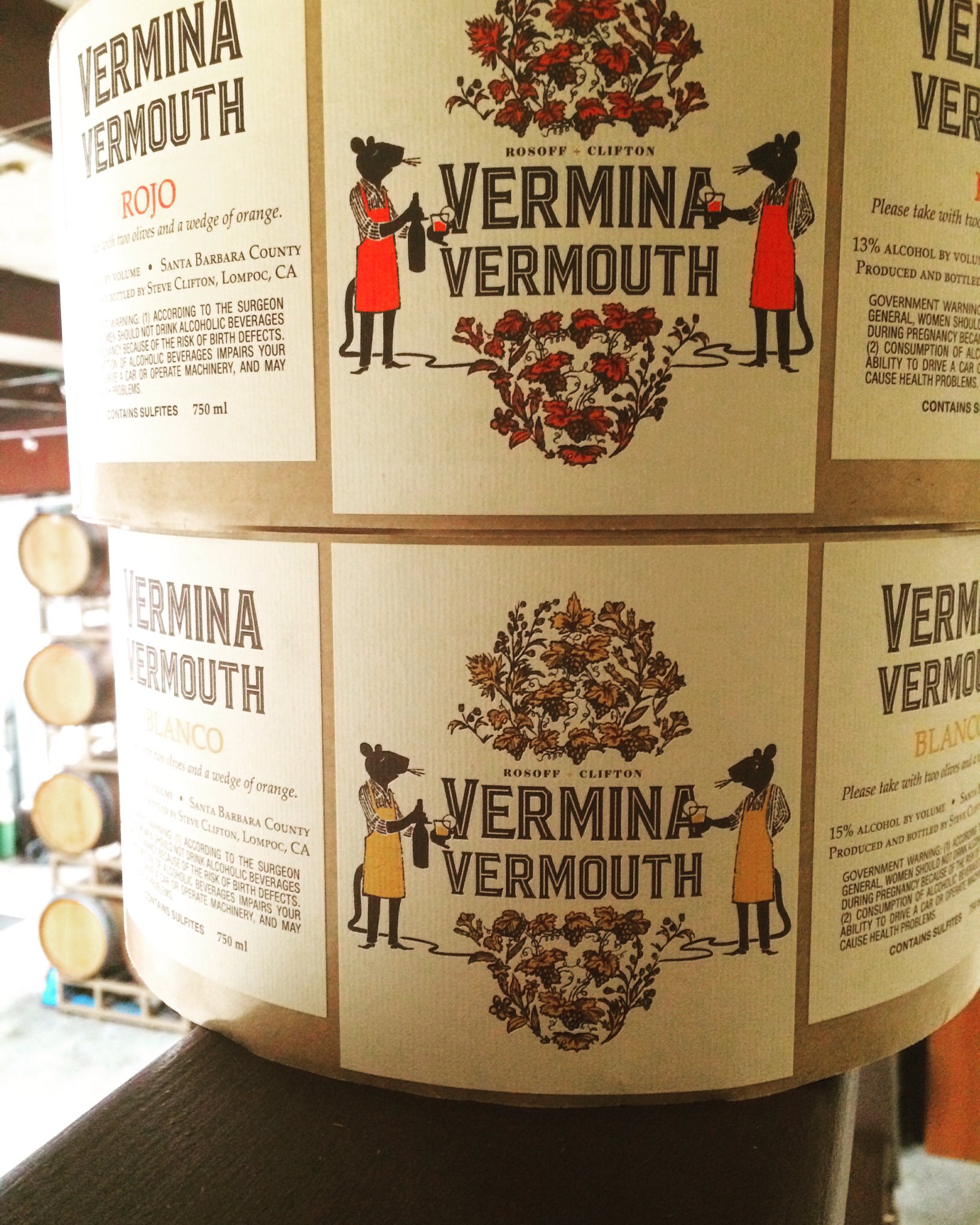Lustau's Red vermouth, Vermut Rojo, is a mixture of a dry, nutty Amontillado and a sweet Pedro Ximénez. The company lays out the botanicals they use: sage for subtle spiciness, gentian for added astringency, aromatic coriander, wormwood for bitterness, and orange peel for freshness and a blast of citrus fruit. Alcohol sits at 15% abv and it sells for around $25.
This vermouth has a bourbon brown color in the glass with red tones appearing. The nose is quite aromatic, full of botanicals, cilantro, oranges, and a prominent floral note. On the palate, a bright acidity carries the herbal flavors along in a refreshing way.
The dry Lustau vermouth, Vermut Blanco, is produced by mixing a crisp Fino sherry with a sweet Moscatel. On the botanical menu: marjoram, for citrus and balsamic notes, astringent gentian, rosemary's herbal note, along with wormwood and chamomile for bitterness. Alcohol rests at 15% abv and the retail price is around $20.
This vermouth has a lovely golden color in the glass. Aromas of almonds, candied orange peel, and some spice adorn the nose. The palate shows a package of flavors that include orange zest, herbs, white balsamic, and a savory lanolin twist. The acidity is tingly and the finish is lengthy.
I don't sip vermouth often, but when I do, this pair from Lustau is a winner. I'm going to make it a point to have some for the holidays. I may even get a bottle of gin to keep them company.








